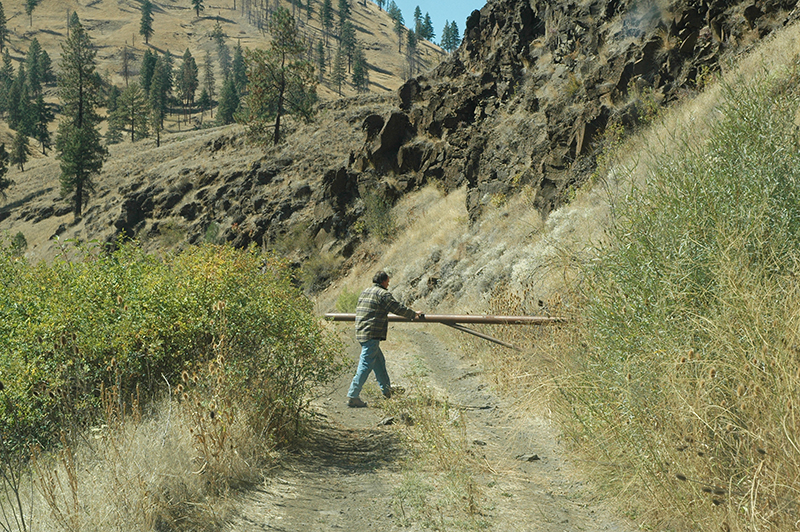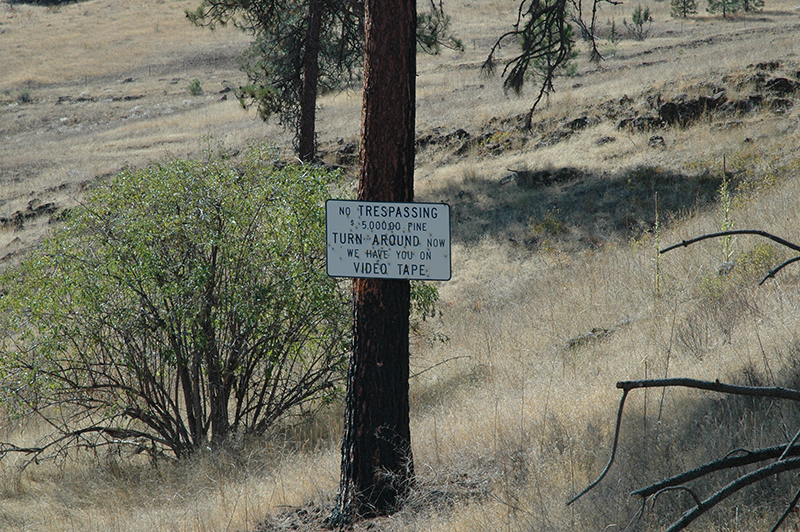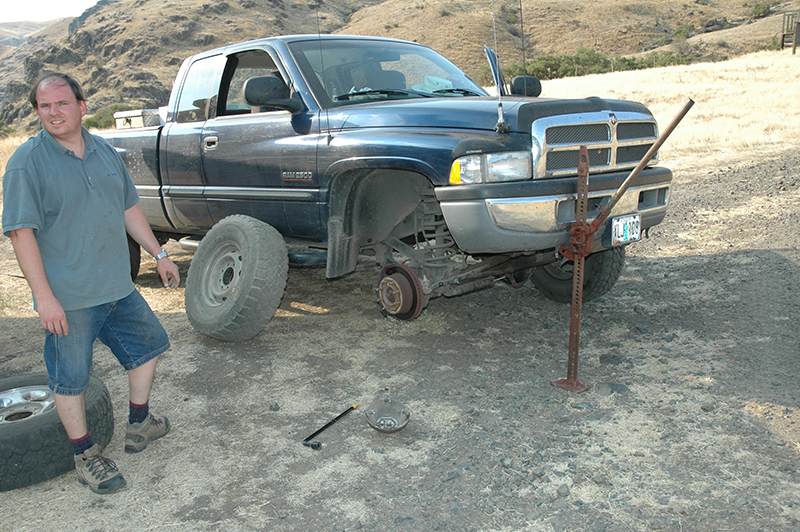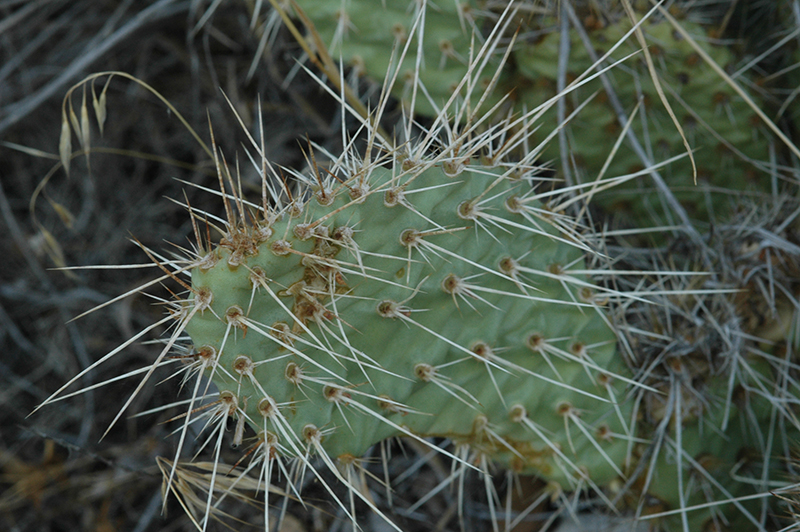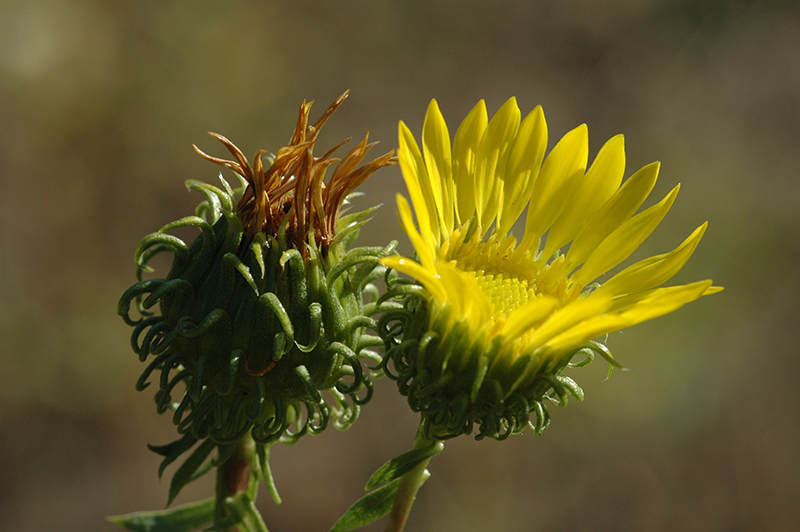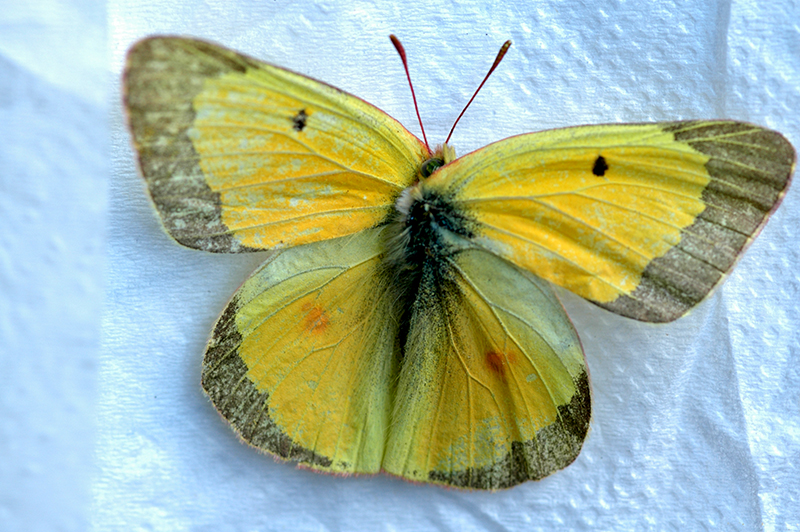September 21, 2007: Gresham, Multnomah County, Oregon: Chris, Lucy and I were determined to drive to Wahtum Lake, Hood River County, OR, and take an afternoon hike in the wilderness area near the lake. You can start at the Eagle Creek fish hatchery near Bonneville Dam and hike thirteen miles uphill along one of the most spectacular trails in Oregon or take the easy route by driving to Wahtum Lake. We preferred the latter choice today.
We drove through the town of Sandy on Highway 26, eastbound to the Lolo Pass road. The road climbs a ridge adjacent the western flank of Mount Hood. It is mostly paved, one lane, but cracks and sags in the pavement indicate the temporary nature of mountain roads. It gives pause to the idea of driving an 8,000 pound vehicle over such unstable terrain. We tried to keep to the uphill side of the road as much as possible.
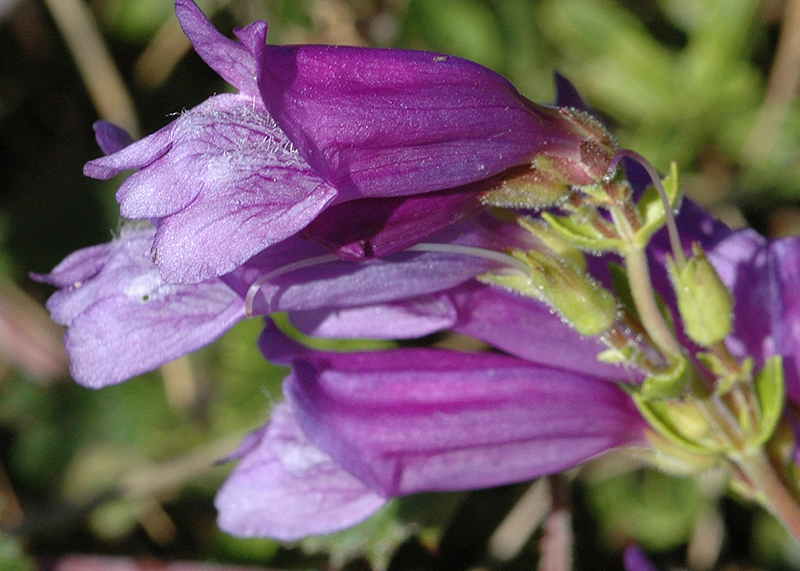
We stopped to look at bright magenta penstemon growing roadside.
The road follows under Bonneville Power lines most of the way. The pop, crackle, and snap of electricity surging through the wires overhead caught our attention and makes one wonder what the effects might be on the human body.
The sound of gunshots interrupted our reverie. Deer season is near and we imagined someone might be sighting in their rifle but the shots were too rapid.
At one of our favorite stops along the road someone had dumped an old computer, complete with monitor, then used the dump for target practice. Perhaps here was the source of the shots we heard. Judging from the number of road signs that were shot full of holes it might be dangerous to travel along this road anytime.
We met several vehicles traveling the opposite direction. The road is basically one lane with pullouts but we had no problem passing oncoming traffic.
Breathtaking views of Mount Hood are numerous. At this time of year the blanket of snow usually covering the mountain is absent although broken glaciers remain. We wondered what happened to the climbers that disappeared making an assault on the north face last winter and wondered if their bodies will ever be found. They may have tumbled into one of the many crevasses and not be found for many years, if ever. The heroic search effort transfixed the nation for several weeks until severe winter weather zeroed all probability of survival. The lives of the would be rescuers became endangered so the search was called off.
Eventually we descended the Hood River side and found the road we needed to reach Wahtum Lake. The parking area is ten miles from the intersection, a fee area maintained by the US Forest Service, whose daily use costs ten dollars. The receptacle was wrapped with black plastic and securely taped so we assumed parking is free after the tourist season.
We parked the truck alongside several cars and headed down the trail passing through old growth forest. Portions of the lake are visible between the trunks of trees in the old growth forest. Barrel shaped cones from the tops of Pacific Silver Fir (Abies amabilis) litter the trail, the work of ambitious squirrels who harvest the cones and stash them for a winter food supply.
The trail is an old road bed and provides easy walking. A gate blocked access for wheeled vehicles but we saw tire tracks as we walked. Someone has access to the road.
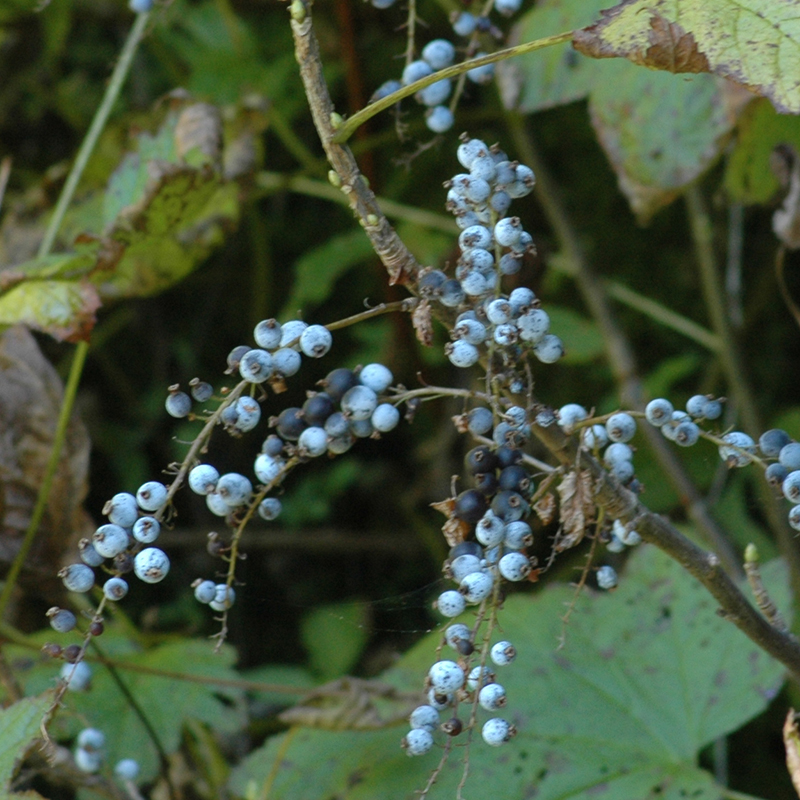
Wet seeps exhibited flowers and butterflies (mostly California Tortoiseshells). We found pale blue berries of Maple leaf currant (Ribes howellii) but declined a taste test. Our plant guidebook claims they are unpalatable and we will take their word. Bright red bane-berries known to be highly poisonous are numerous and might tempt the unwary.
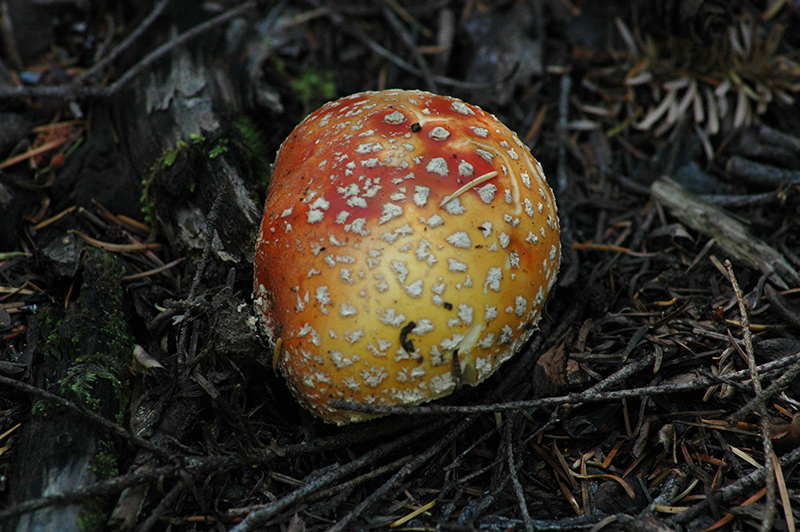
Many mushrooms grow along the road also, but we took pictures and left them undisturbed. Occasional whiffs of rotten meat assailed our nostrils but we were unable to locate its source. Finally we decided perhaps the odor came from one of the mushrooms. I suggested to Chris that he pick up a broken piece and take a sniff but he declined. Lucy paid no attention to the odors, perhaps animal instinct guided her to leave the poison alone.
After a couple miles on the old road bed we came to the Anthill Trail leading back to the parking lot. We chose to make the loop. Trees have fallen across the trail giving evidence of a wind storm recently. Anthill Trail proceeds along a knife back ridge for a distance, offering wonderful scenic views of the Columbia Basin to the east and Wahtum Lake to the west.
byLarry


